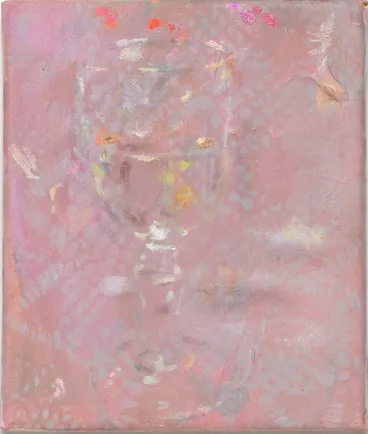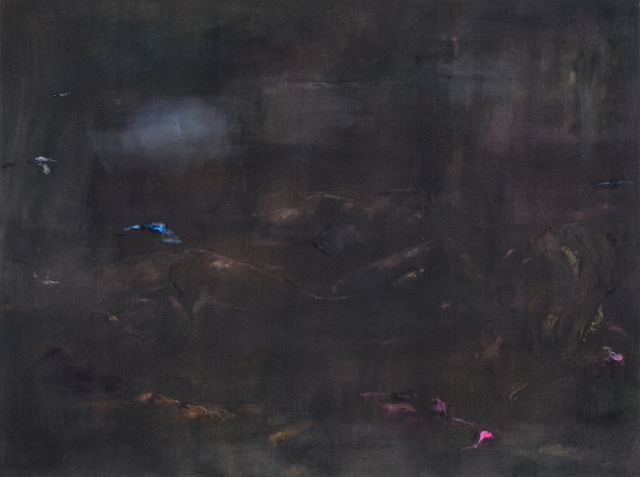Maaike Schoorel
An artist of international renown, Maaike Schoorel demonstrates her mastery in handling color and nuance in her paintings, allowing her to evoke psychological reactions from viewers.
Biography of Maaike Schoorel
Maaike Schoorel (1973) pursued her artistic education at the Gerrit Rietveld Academy in Amsterdam and later at the Royal College of Art in London.
Throughout her career, her artworks have garnered recognition and appreciation. Some of the prominent institutions that have exhibited her paintings include the Frans Hals Museum in Haarlem, the Stedelijk Museum in Amsterdam, the Kunstmuseum Den Haag in The Hague, the Martin Gropius Bau Museum in Berlin, the Museum Kunstpalast in Dusseldorf, the Hayward Gallery in London, and the Saatchi Gallery in London.
Furthermore, her art has been exhibited at prestigious venues, including the Fondazione Memmo in Rome, the LA County Museum in Los Angeles, the CCA Wattis Institute of Contemporary Art in San Francisco, the Museum MDD in Belgium, and the Sydney Biennale.
Maaike Schoorel's Art Style
Maaike Schoorel's artistic process revolves around working with diverse source materials, such as live models and photographs of her friends, family, lovers, and herself. These references are often cropped to emphasize specific details and compositions, serving as the initial figurative framework for her works. Subsequently, they are broken down into subtle and individual strokes and gestures, built upon wholly white, off-white, or black backgrounds. This deliberate choice allows her to capture the essence of her subject, skillfully and beautifully bleaching them out and removing visual noise. At first glance, Schoorel's works may appear completely abstract, but upon closer observation, elbows, faces, penises, breasts, and eventually, entire bodies emerge candidly.
Schoorel's paintings exhibit a distinctive style and practice imbued with metaphors and allusions to memory while paying homage to past art movements. Through her artwork, the artist adeptly challenges our perceptions and enhances the process of observation, reminding us that seeing encompasses not only what can be seen but also what cannot.
Years:
Born in 1973
Country:
Netherlands, Amsterdam
Gallery:

